Studio of Jan Davidszoon de Heem (1606-1683/4) Dutch Crayfish, Bread and Fruit with an Oyster on a Pewter Dish, Vine Leaves, a Glass of Wine and a Glass of Beer, upon a Table draped in green Cloth, c.1645 Oil on panel, 39cm by 59cm Exhibited: The Lure of Still Life, Galleria Lorenzelli, Bergamo and Galerie Lingenauber, Düsseldorf 1995/96 Provenance: With Leonard Koetser, London, 1946, as Jan Davidsz. de Heem Sale London, Christie’s, 3 April 1992, lot 32, ill., as Manner of Joris van Son With E. Lingenauber, Düsseldorf, 1995, as by Jan I van den Hecke Sale Vienna, Dorotheum, 10 June 1997, lot 25, ill., as by Jan I van den Hecke With Hoogsteder & Hoogsteder, The Hague, 1998-2006 Sale London, Bonham’s, 6 July 2007, lot 126, ill., attributed to Alexander Coosemans Sale Newbury, Dreweatts 1759, Plaish Hall Collection, 15 May 2019, lot 55, ill., attributed to Alexander Coosemans Literature: Lorenzelli, Jacopo and Lingenauber, Eckard, The Lure of Still Life, Galerie Lingenauber, 1995, 150-155 Records from 1946 onwards indicate how this luminous Dutch Golden Age still life was credited initially to Jan Davidsz. de Heem and then, directly or indirectly, to important contemporaries such as Joris van Son and Jan van der Hecke. More recently it has been attributed to one of de Heem’s most talented pupils, Alexander Coosemans Throughout this time, despite changing perspectives, there has generally been consensus that the work, particularly in terms of composition, reflects the close presence and influence of Jan de Heem himself. Dr Fred G. Meijer, the leading authority on de Heem, has known this work for many years and studied it closely, and in January 2020 he provided an updated written opinion based on his latest research. In brief, he believes that this still life is likely to date from the period 1645-1648, and he references numerous compositional similarities found in known works by de Heem produced around the same time. At present, though Dr Meijer sees the quality of execution as close to that of de Heem, he ‘cannot connect it with any specific hand’ and believes that ‘in view of the similarities and general quality…this still life will have originated in Jan Davidsz. de Heem’s close vicinity, most likely in his studio, perhaps on the basis of a composition designed by the artist himself.’ There is a calm simplicity to this harmonious ontbijt, or breakfast still life, relatively undisturbed by dissonance or tension, despite the typically precarious overhang of the pewter plate. The composition is held in fine balance by a careful and creative disposition of form and line, heightened by colour and effects of light. Arranged in a classical triangular design, the structure has an apex defined by shards of sunlight filtering through wine held in a tall verre de venise encircled by vines. The effect of the light falling from the left of this restrained but appetising meal also enhances the gold and cream tones of the fresh crusty bread and gives presence to the lustrous delicacy of a single oyster, whilst quiet reflections on the beautifully modelled plate echo and amplify the warm pinks of the crayfish. A harmonious play of colour and balance extends rightwards to an angular counterpoint in the crisp yellow segments of lemon that, weighted further by walnuts placed alongside, serve to anchor the composition and, with controlled asymmetry, convey a sense of the naturally random. The triangular structure gains additional strength from the subtle directions of folds in the table’s green drapery. The breakfast still life, often associated with the work of Clara Peeters emerged in the early seventeenth century, and evolved in succeeding decades in the work of several important Dutch artists including Willem Claesz. Heda and de Heem. In contrast to the sumptuous pronkstilleven, or banquet still life, which from the 1630s onwards typically presented a table groaning under a glorious but chaotic abundance of costly foodstuffs and luxury item
Studio of Jan Davidszoon de Heem (1606-1683/4) Dutch Crayfish, Bread and Fruit with an Oyster on a Pewter Dish, Vine Leaves, a Glass of Wine and a Glass of Beer, upon a Table draped in green Cloth, c.1645 Oil on panel, 39cm by 59cm Exhibited: The Lure of Still Life, Galleria Lorenzelli, Bergamo and Galerie Lingenauber, Düsseldorf 1995/96 Provenance: With Leonard Koetser, London, 1946, as Jan Davidsz. de Heem Sale London, Christie’s, 3 April 1992, lot 32, ill., as Manner of Joris van Son With E. Lingenauber, Düsseldorf, 1995, as by Jan I van den Hecke Sale Vienna, Dorotheum, 10 June 1997, lot 25, ill., as by Jan I van den Hecke With Hoogsteder & Hoogsteder, The Hague, 1998-2006 Sale London, Bonham’s, 6 July 2007, lot 126, ill., attributed to Alexander Coosemans Sale Newbury, Dreweatts 1759, Plaish Hall Collection, 15 May 2019, lot 55, ill., attributed to Alexander Coosemans Literature: Lorenzelli, Jacopo and Lingenauber, Eckard, The Lure of Still Life, Galerie Lingenauber, 1995, 150-155 Records from 1946 onwards indicate how this luminous Dutch Golden Age still life was credited initially to Jan Davidsz. de Heem and then, directly or indirectly, to important contemporaries such as Joris van Son and Jan van der Hecke. More recently it has been attributed to one of de Heem’s most talented pupils, Alexander Coosemans Throughout this time, despite changing perspectives, there has generally been consensus that the work, particularly in terms of composition, reflects the close presence and influence of Jan de Heem himself. Dr Fred G. Meijer, the leading authority on de Heem, has known this work for many years and studied it closely, and in January 2020 he provided an updated written opinion based on his latest research. In brief, he believes that this still life is likely to date from the period 1645-1648, and he references numerous compositional similarities found in known works by de Heem produced around the same time. At present, though Dr Meijer sees the quality of execution as close to that of de Heem, he ‘cannot connect it with any specific hand’ and believes that ‘in view of the similarities and general quality…this still life will have originated in Jan Davidsz. de Heem’s close vicinity, most likely in his studio, perhaps on the basis of a composition designed by the artist himself.’ There is a calm simplicity to this harmonious ontbijt, or breakfast still life, relatively undisturbed by dissonance or tension, despite the typically precarious overhang of the pewter plate. The composition is held in fine balance by a careful and creative disposition of form and line, heightened by colour and effects of light. Arranged in a classical triangular design, the structure has an apex defined by shards of sunlight filtering through wine held in a tall verre de venise encircled by vines. The effect of the light falling from the left of this restrained but appetising meal also enhances the gold and cream tones of the fresh crusty bread and gives presence to the lustrous delicacy of a single oyster, whilst quiet reflections on the beautifully modelled plate echo and amplify the warm pinks of the crayfish. A harmonious play of colour and balance extends rightwards to an angular counterpoint in the crisp yellow segments of lemon that, weighted further by walnuts placed alongside, serve to anchor the composition and, with controlled asymmetry, convey a sense of the naturally random. The triangular structure gains additional strength from the subtle directions of folds in the table’s green drapery. The breakfast still life, often associated with the work of Clara Peeters emerged in the early seventeenth century, and evolved in succeeding decades in the work of several important Dutch artists including Willem Claesz. Heda and de Heem. In contrast to the sumptuous pronkstilleven, or banquet still life, which from the 1630s onwards typically presented a table groaning under a glorious but chaotic abundance of costly foodstuffs and luxury item
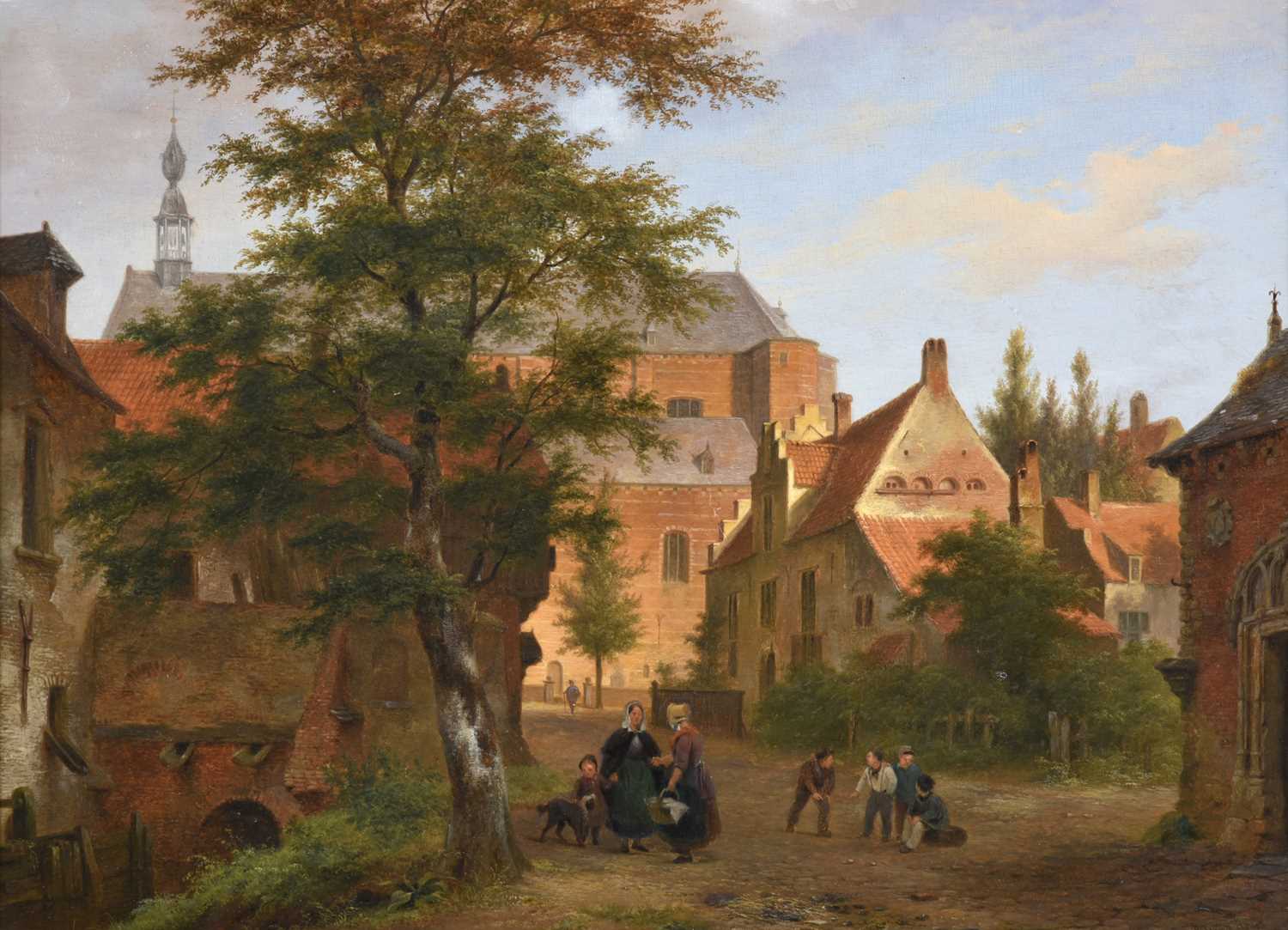
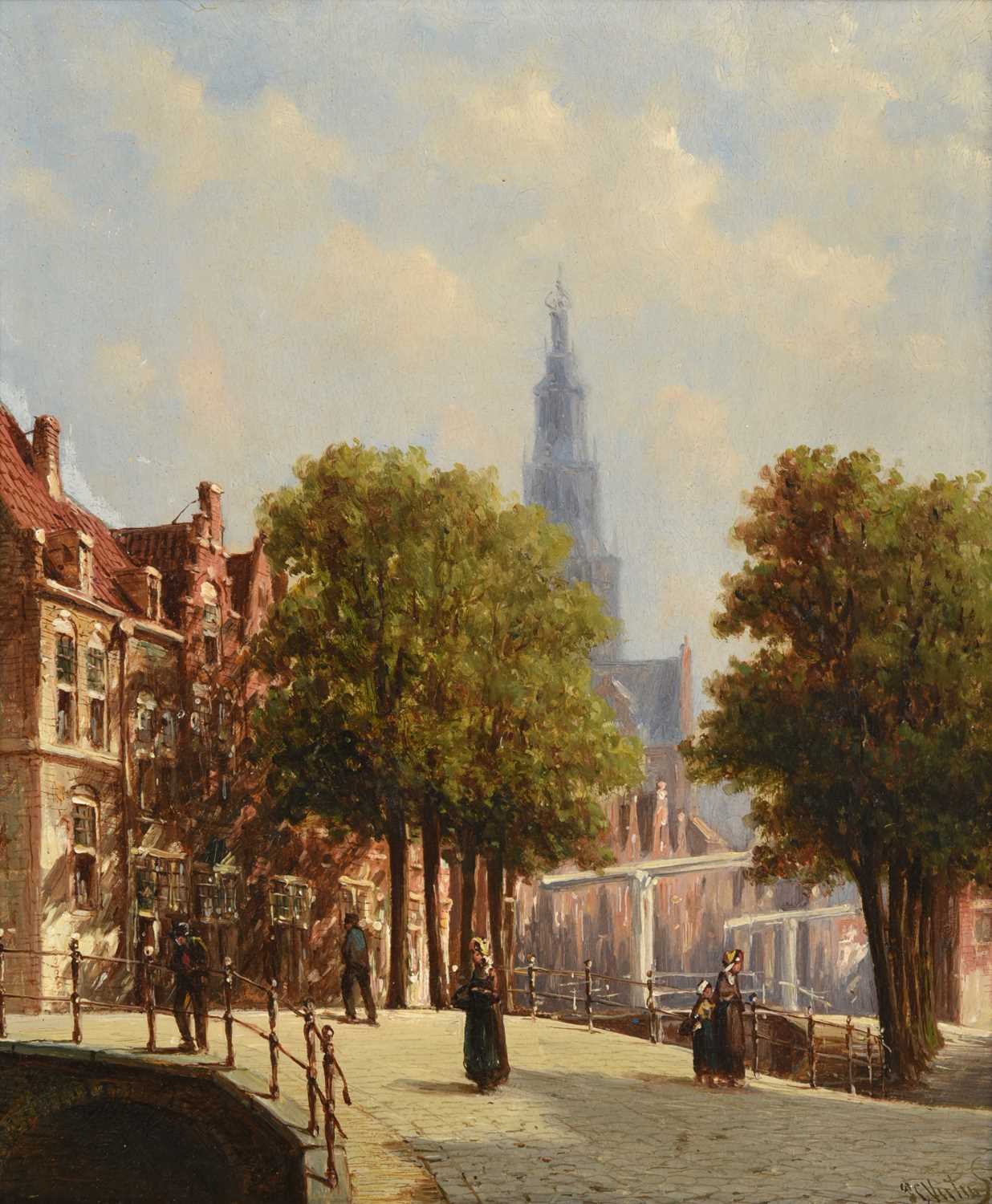
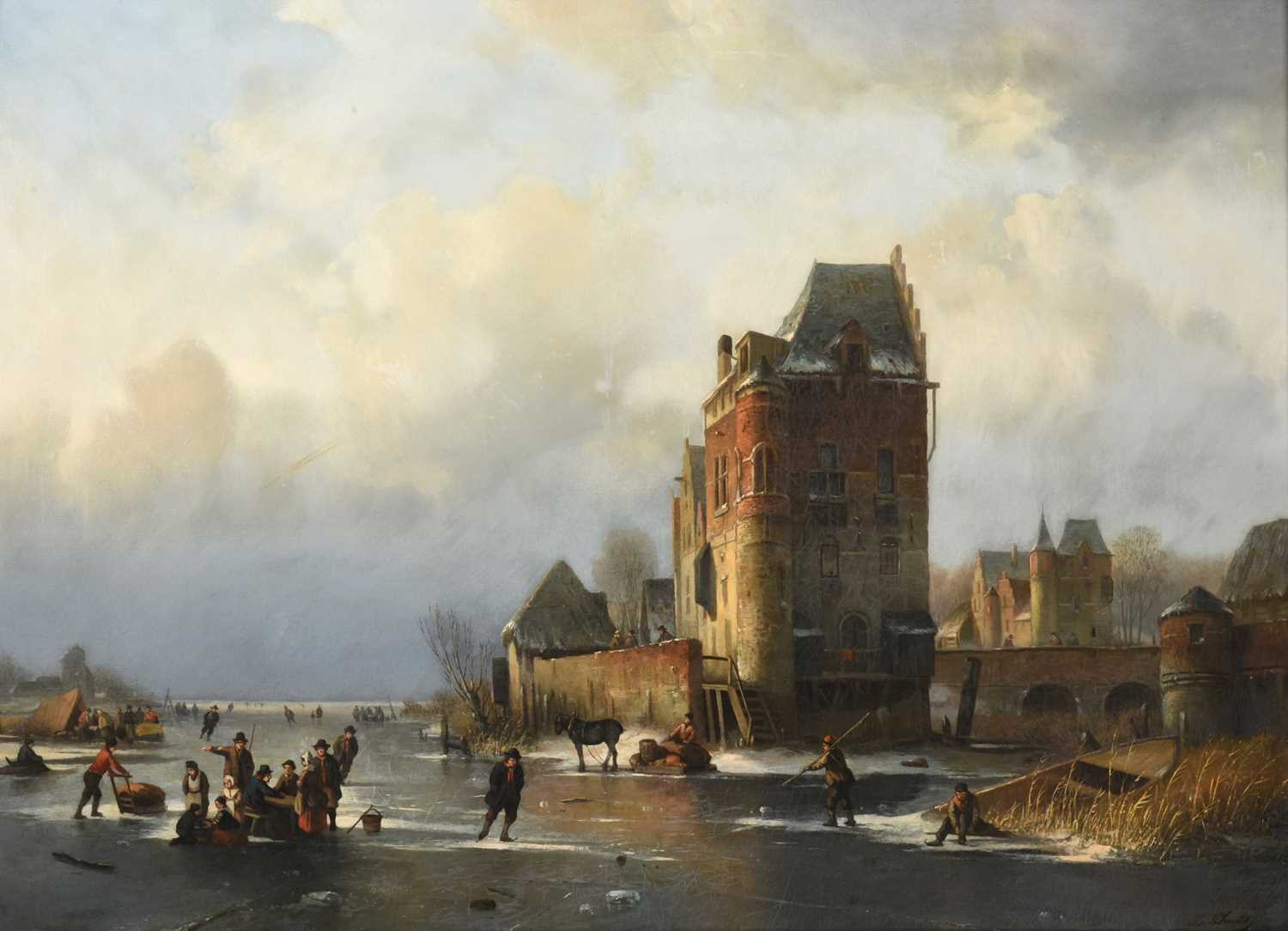
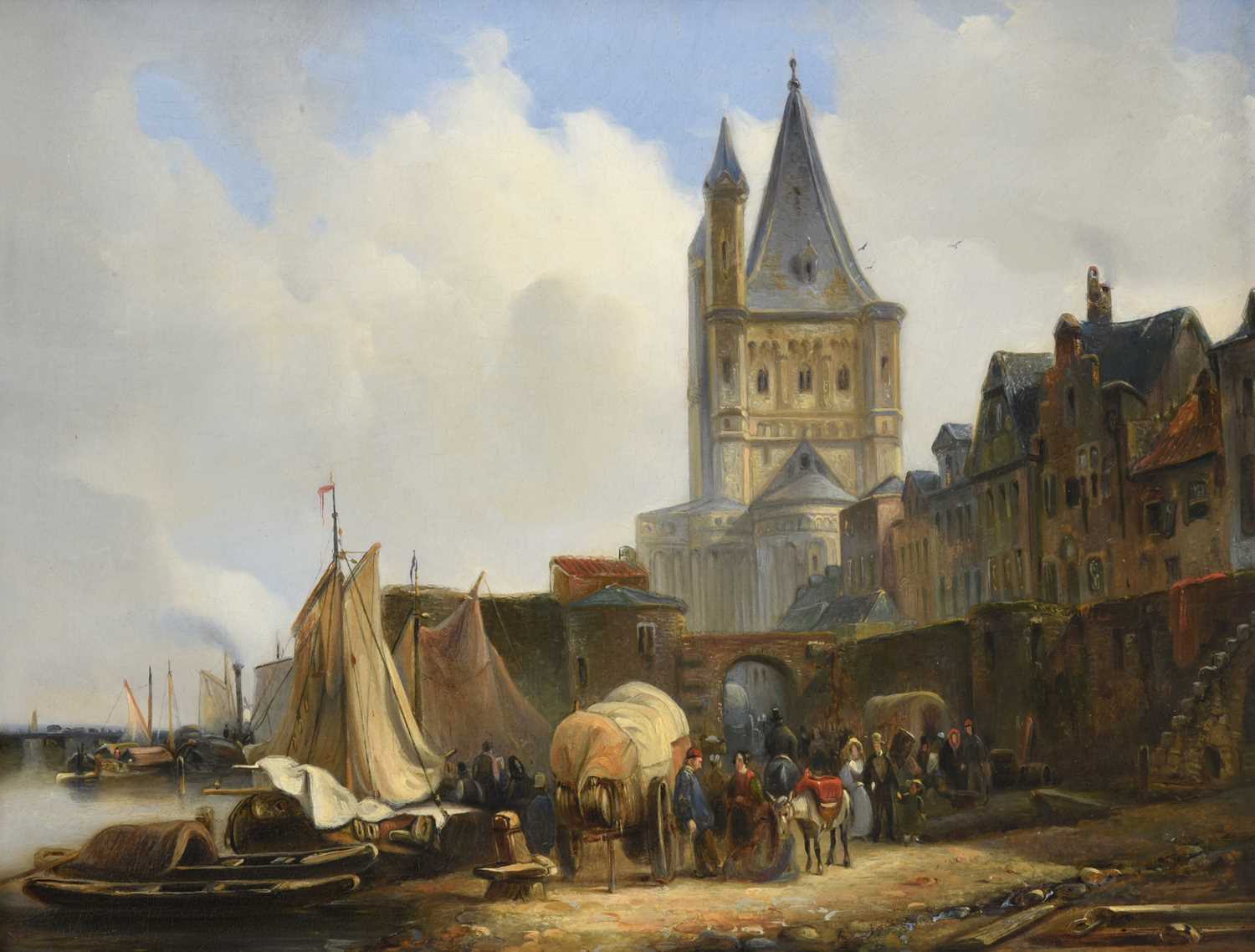
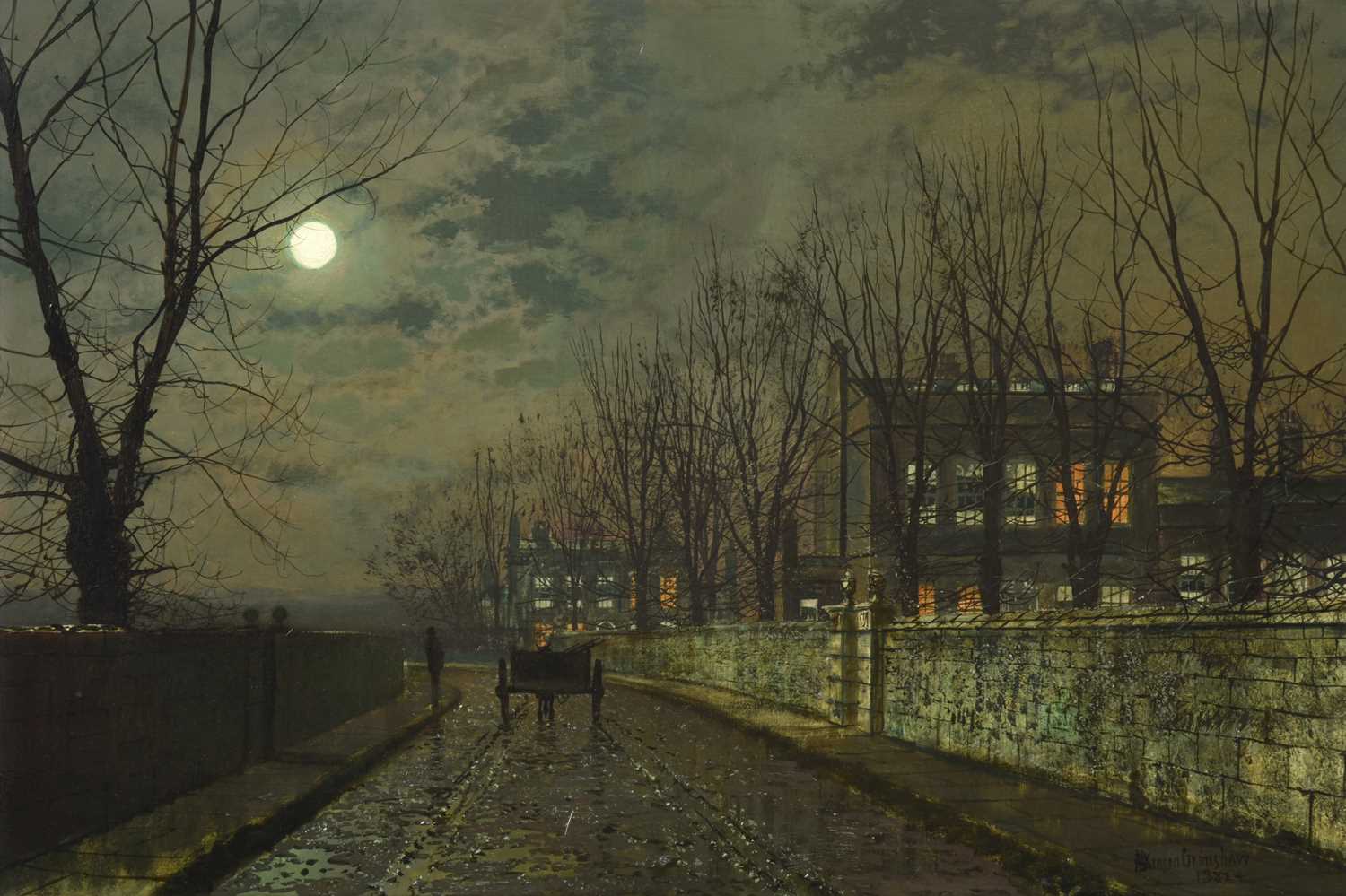
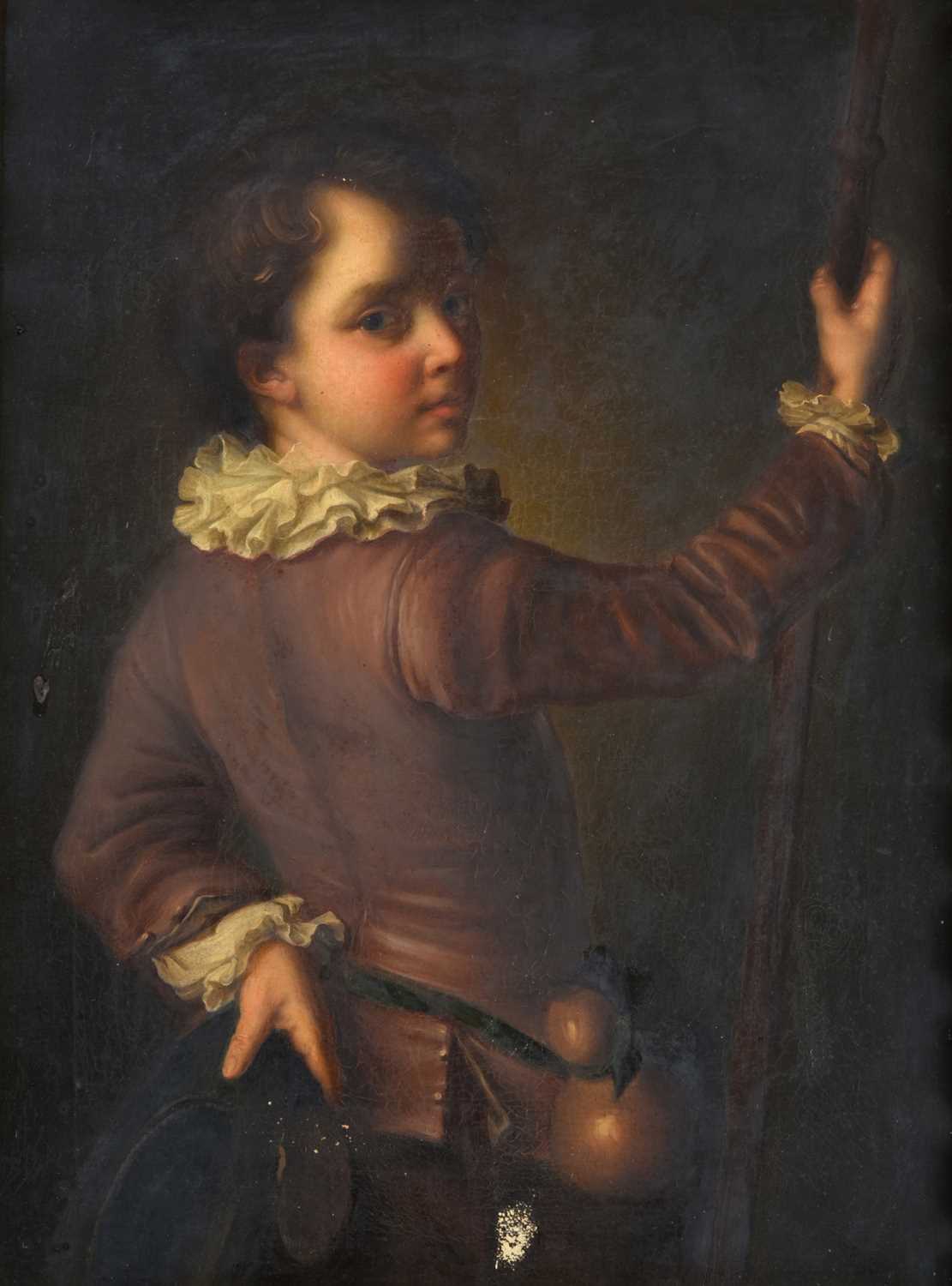
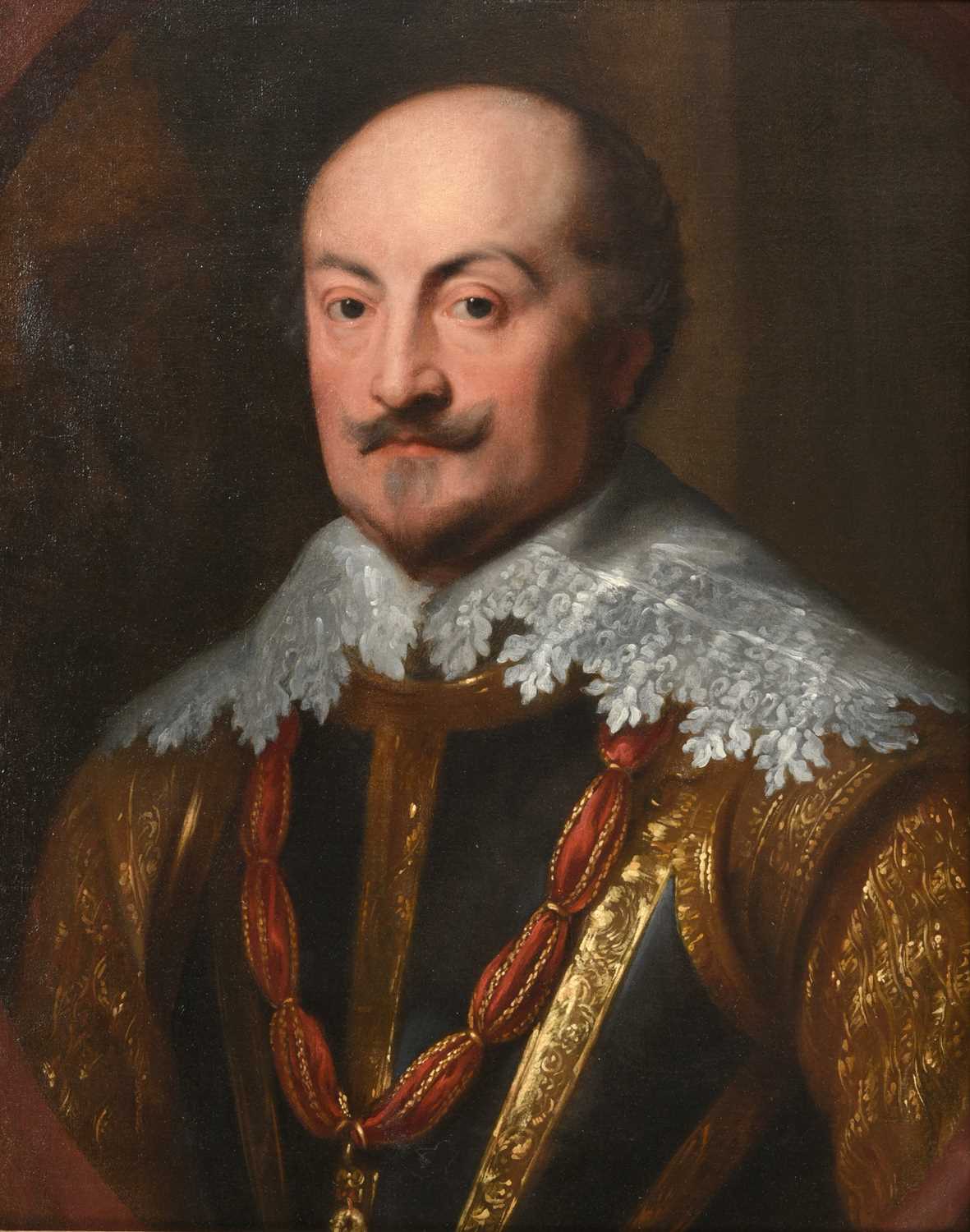
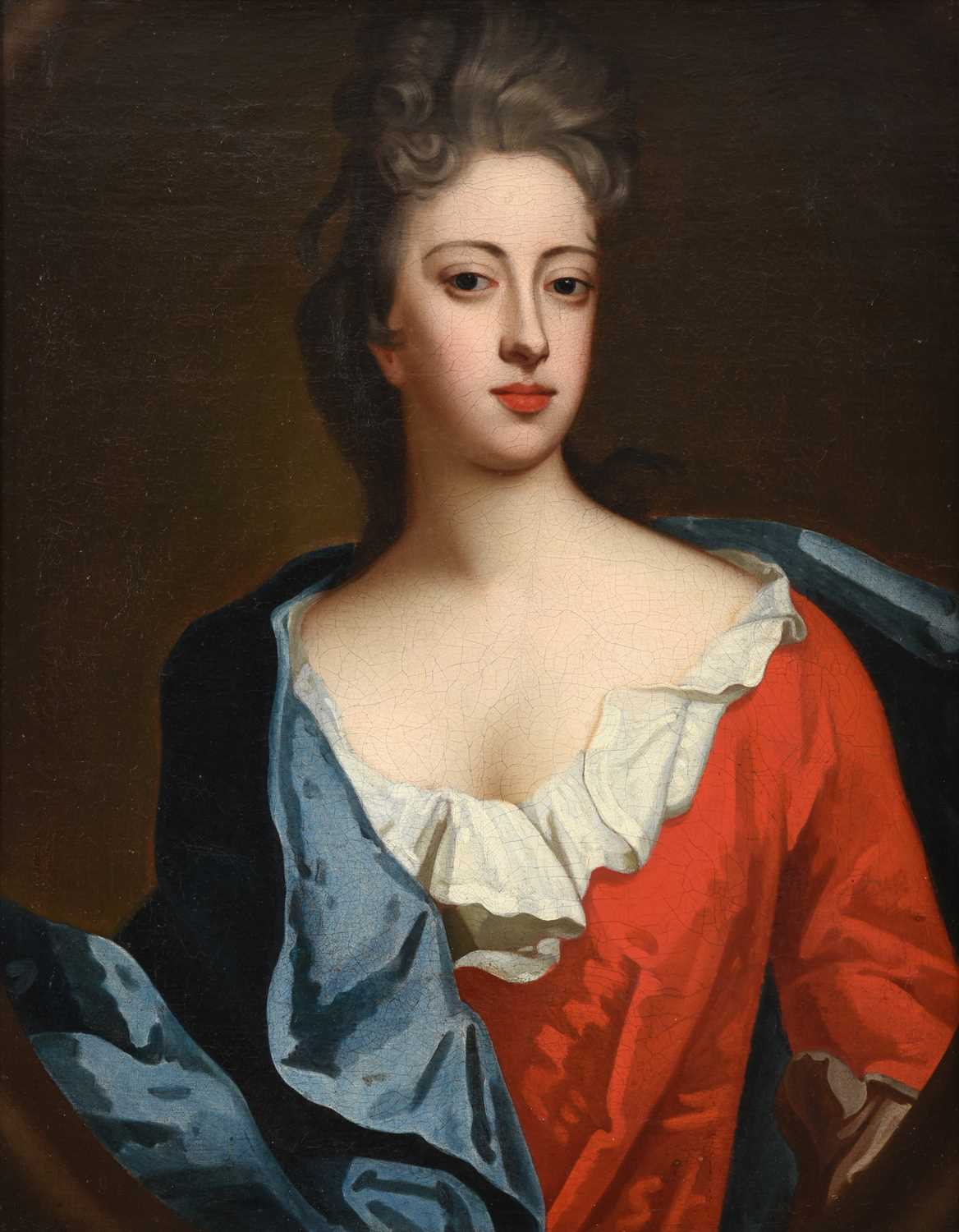
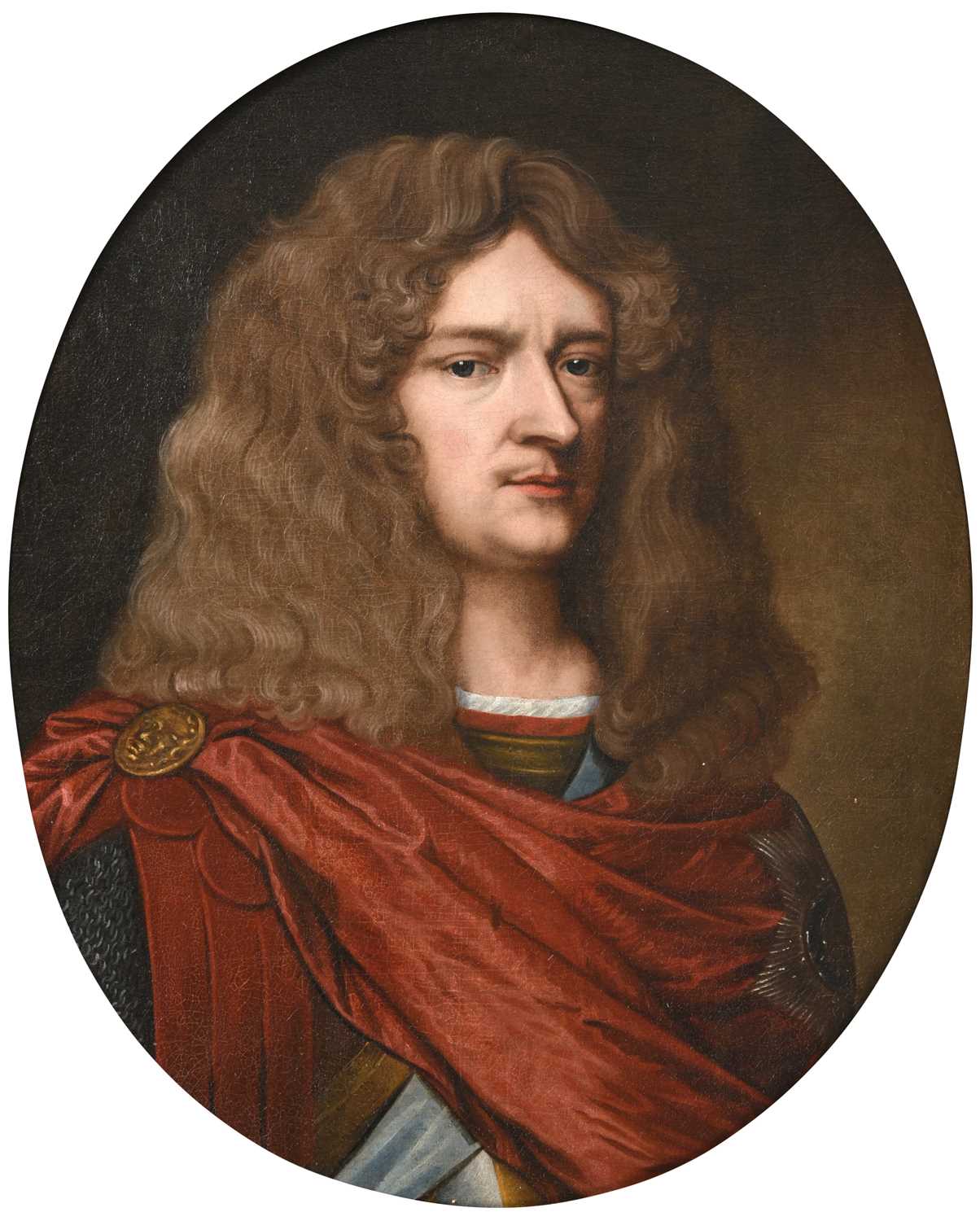
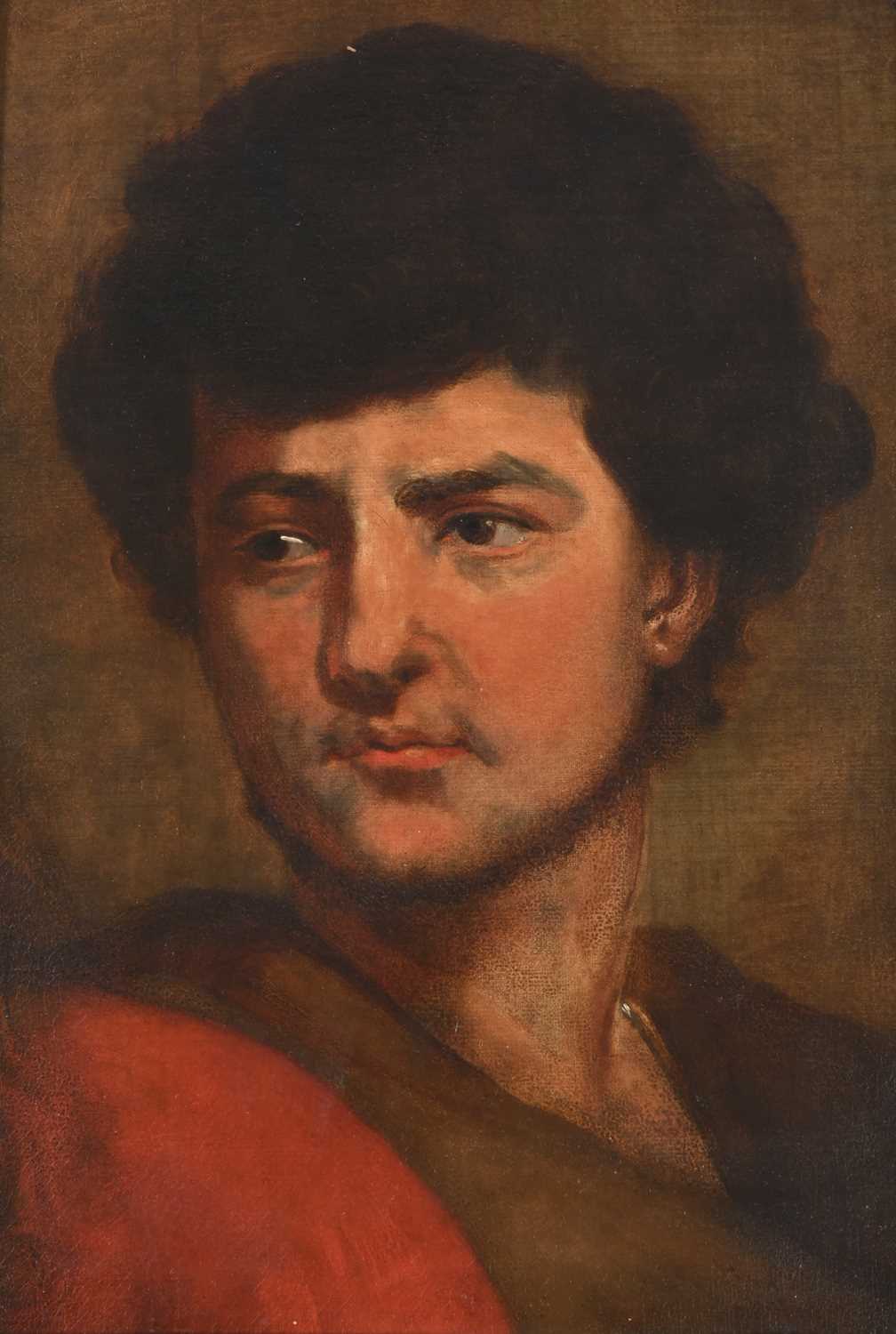
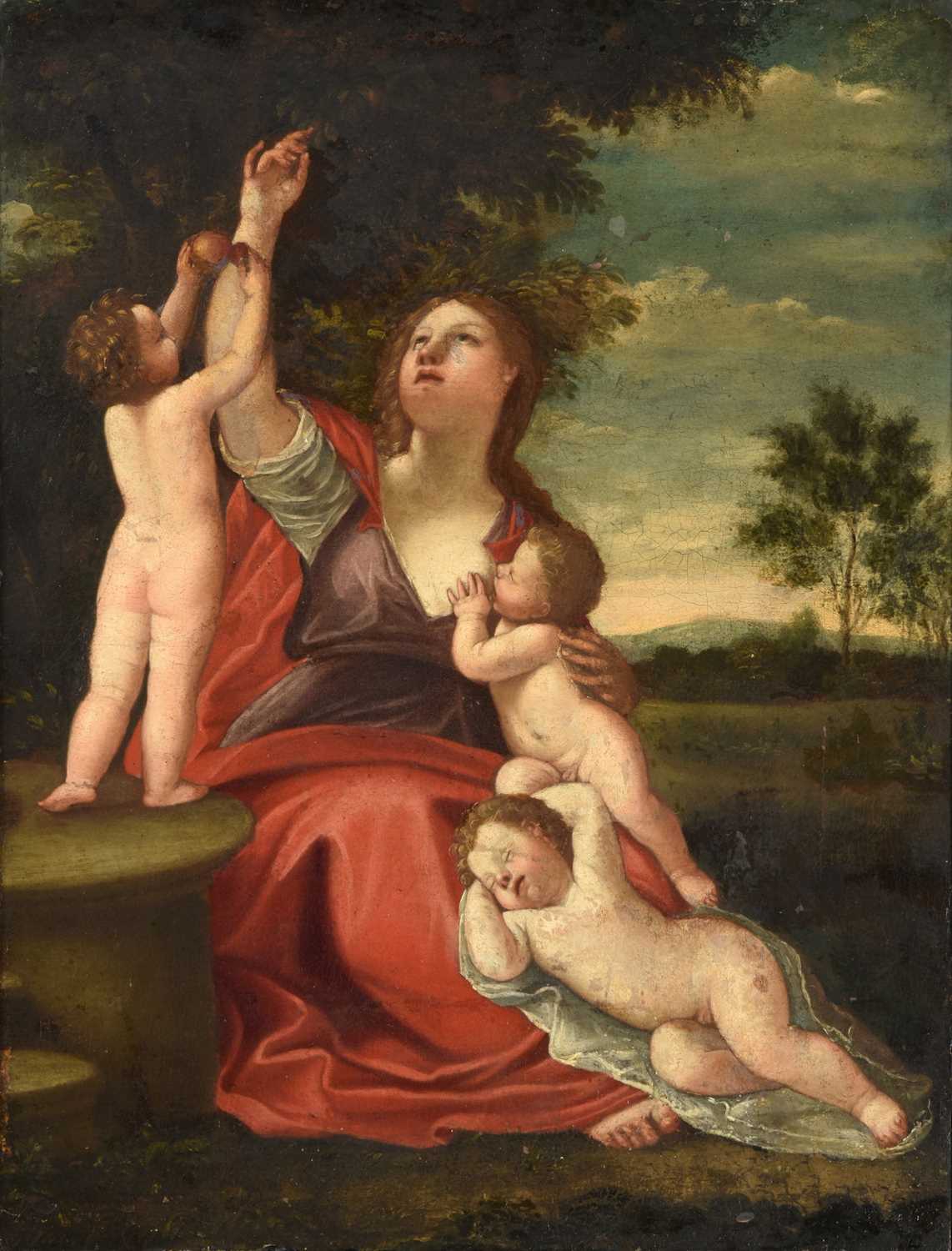
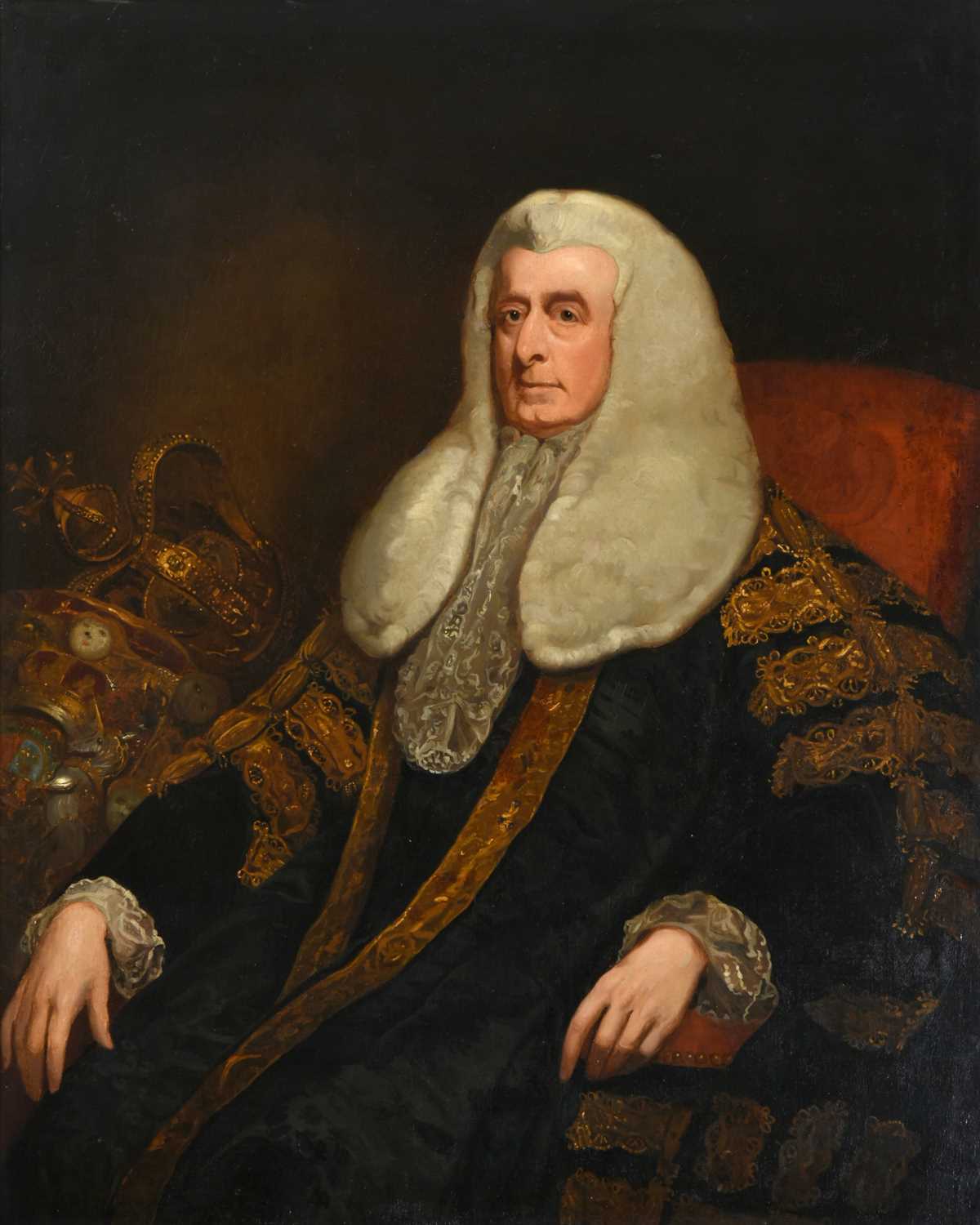
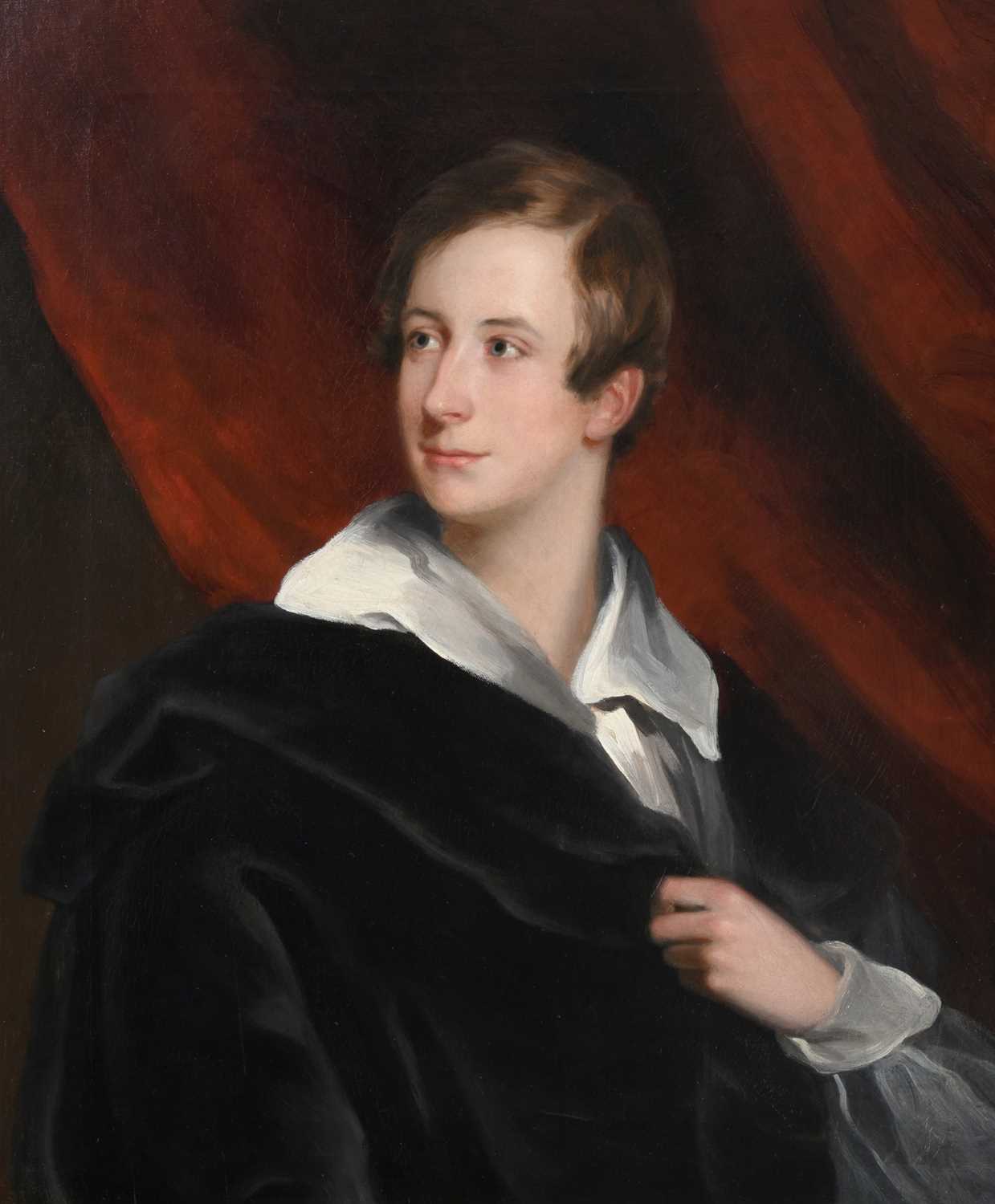
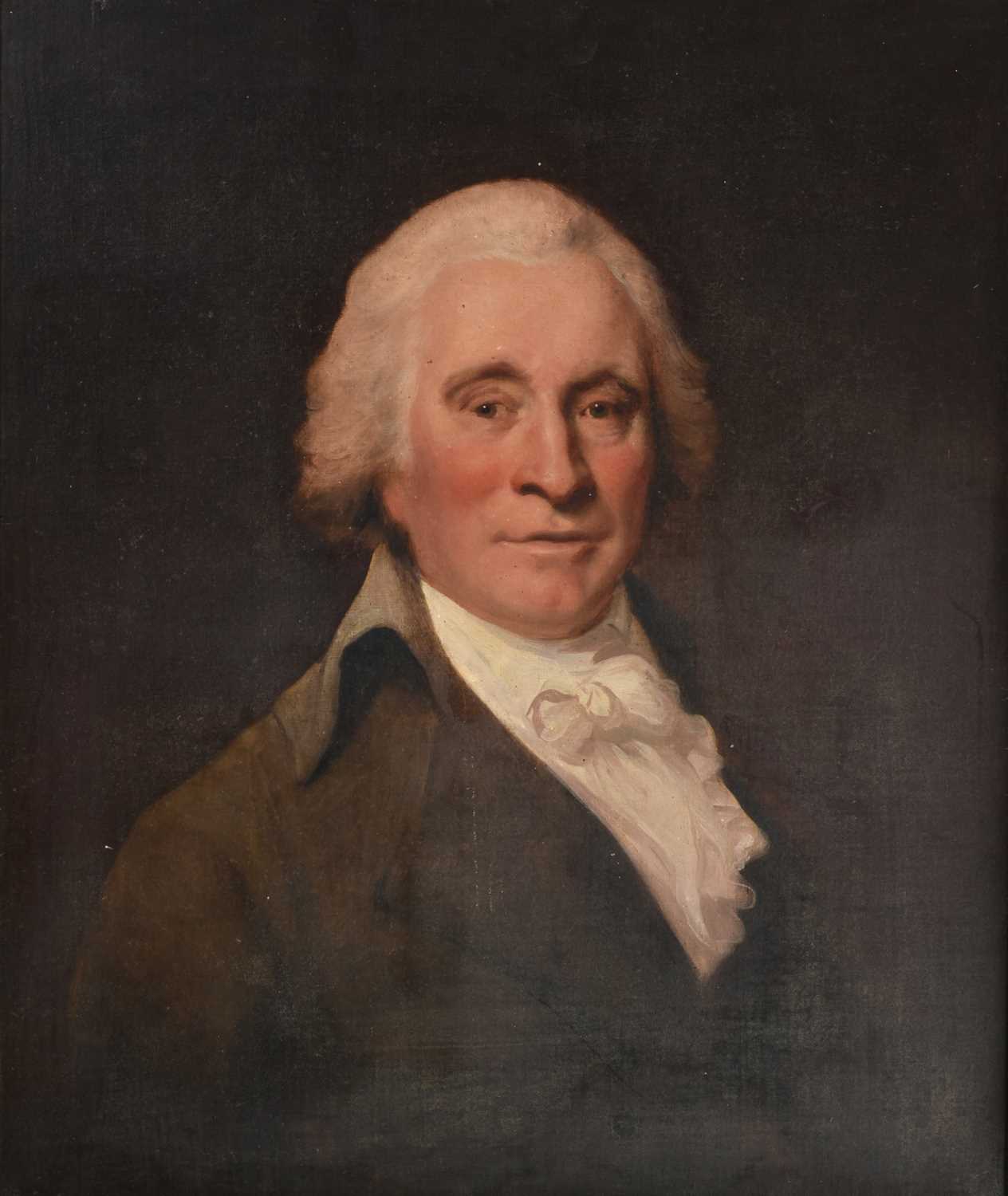
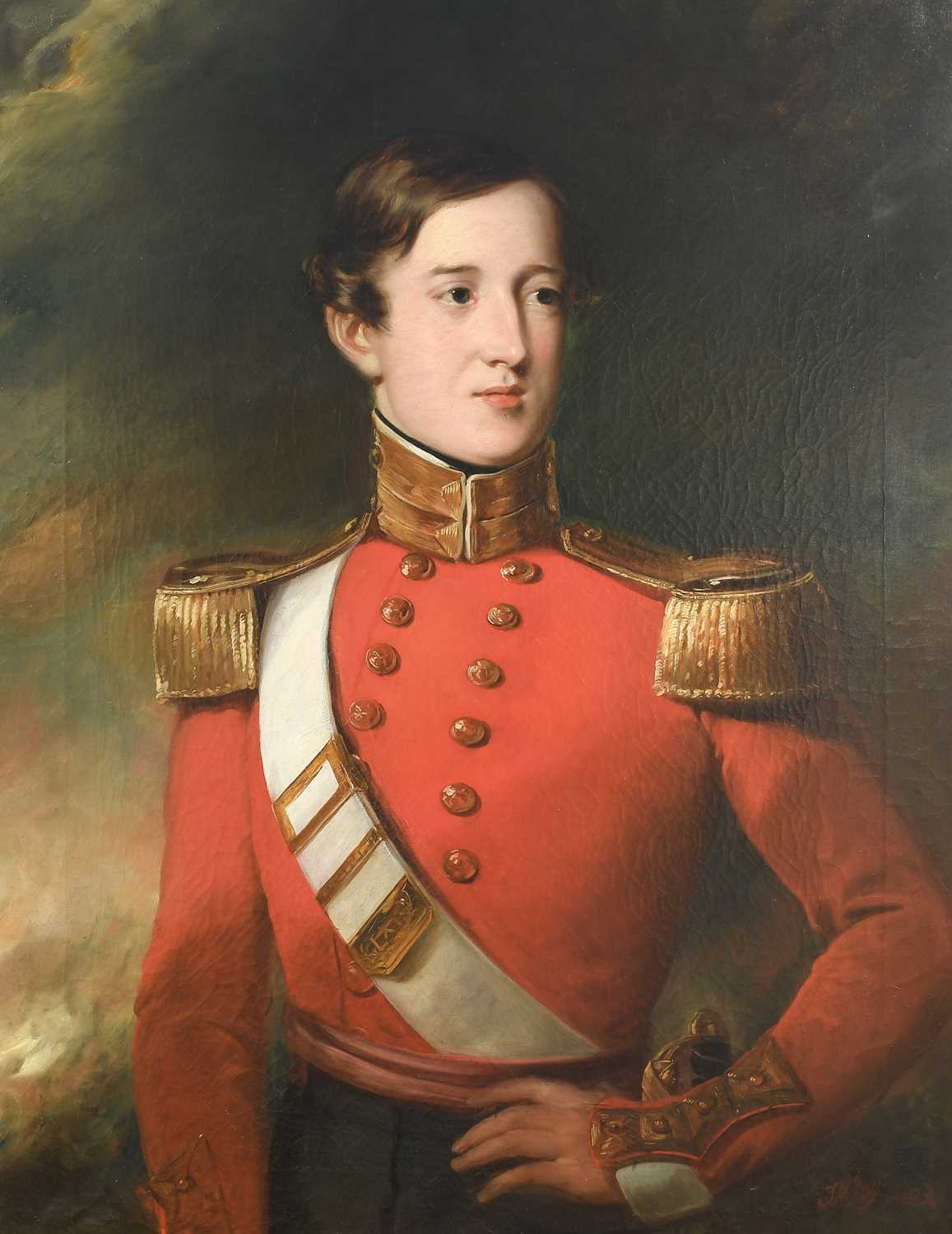
Testen Sie LotSearch und seine Premium-Features 7 Tage - ohne Kosten!
Lassen Sie sich automatisch über neue Objekte in kommenden Auktionen benachrichtigen.
Suchauftrag anlegen